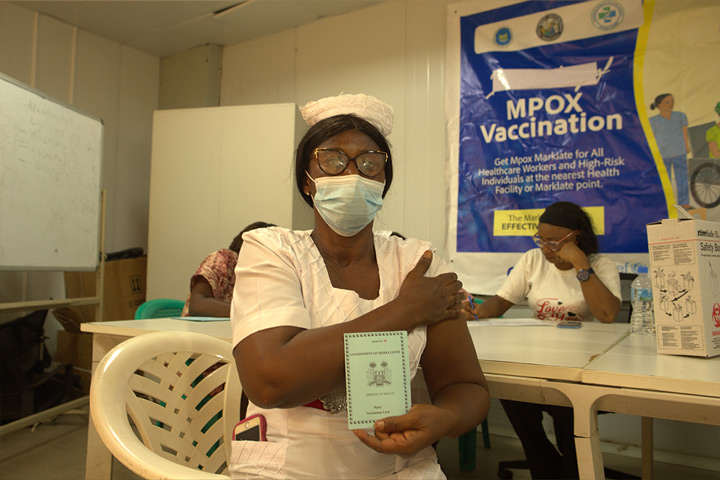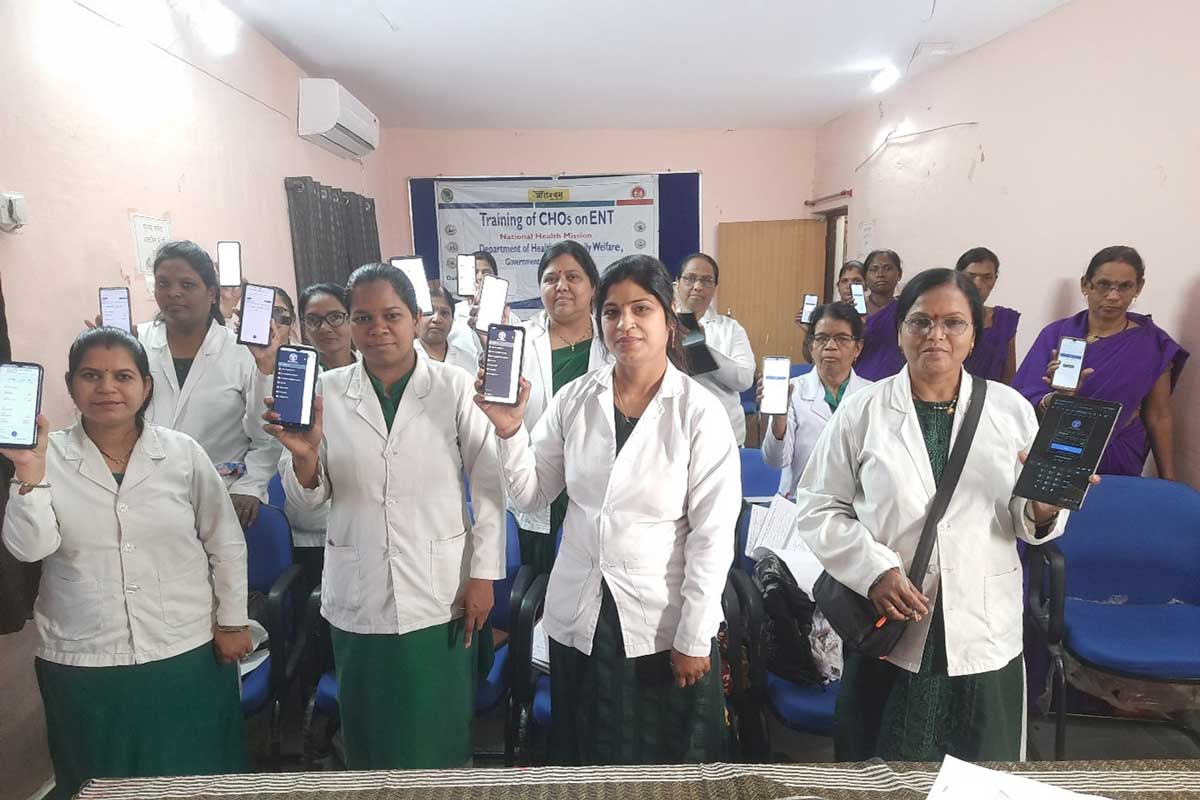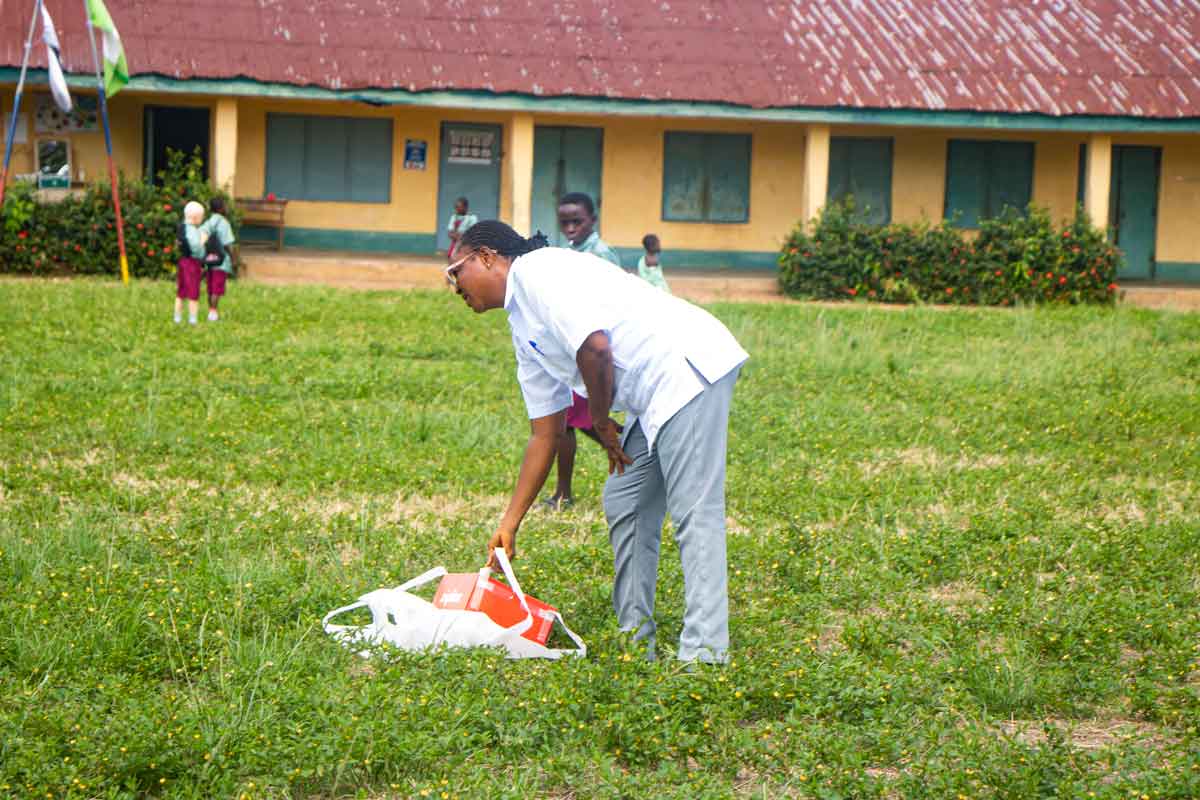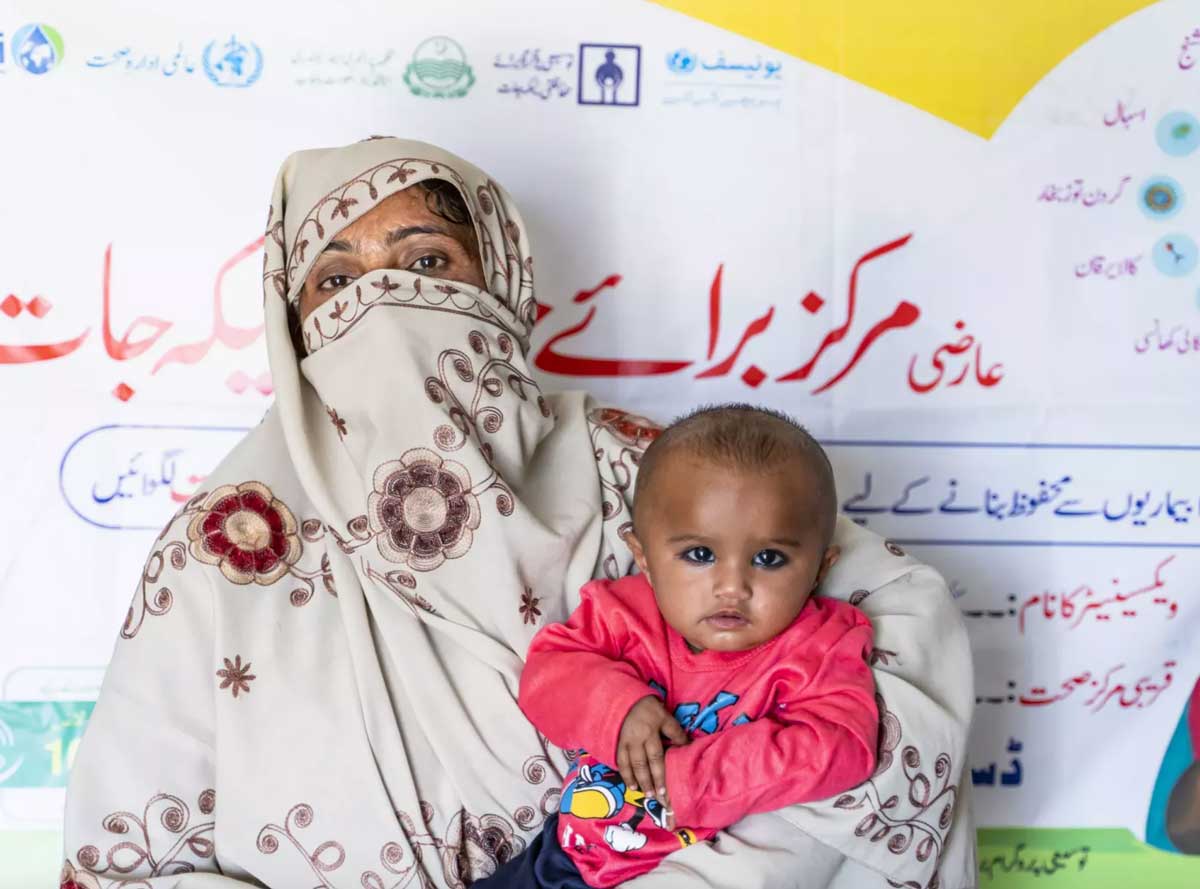Should we wear masks against COVID-19?
Will new evidence suggesting that the virus is airborne mean we all need to wear masks?
- 7 April 2020
- 4 min read
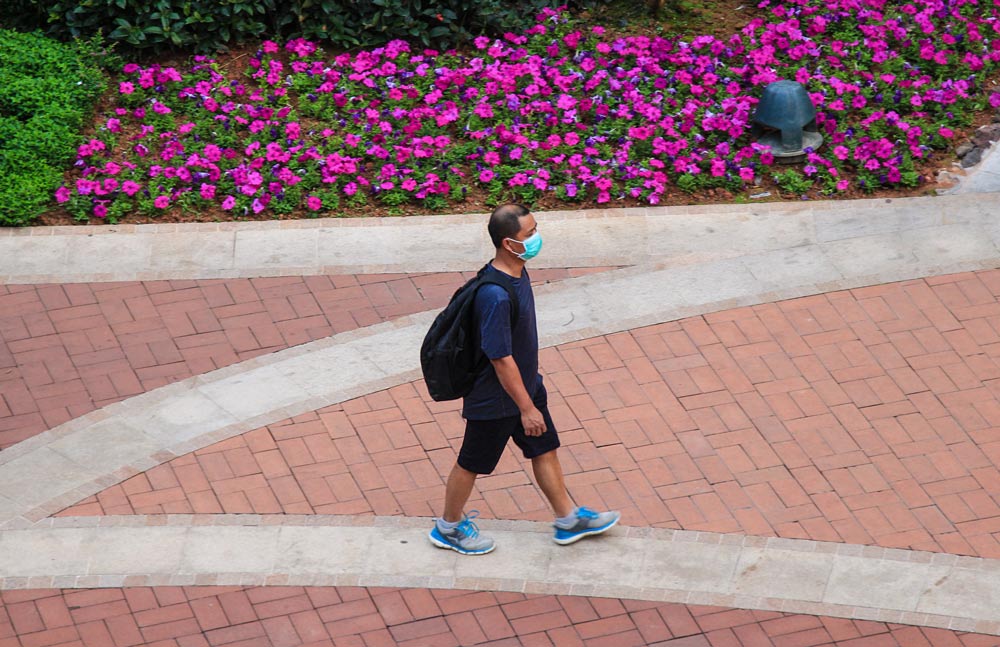
WHO REALLY NEEDS TO WEAR A MASK?
Many of the people you see wearing masks on your trip to buy food or medicine are probably doing so as a precaution, even though they aren’t infected with COVID-19 or are caring for someone who is. This behaviour has drawn criticism for causing worldwide shortages of masks for those who really need them, such as health care workers.
Yet with new evidence showing the virus can stay in the air for longer and over a greater distance, some experts are questioning the current advice on wearing masks by the World Health Organization (WHO).
This guidance is based on an understanding that COVID-19 is spread by respiratory droplets that the body shoots out into the air via a sneeze or a cough. The reason it is not called an airborne disease, despite being spread in the air, is that this word is only used for diseases spread in droplets smaller than 5 micrometres in size (5 millionths of a metre). These fine particles, known as aerosols, can linger in the air for a long time and be spread by inhalation as they are the right size to settle in the lower respiratory tract.
The COVID-19 virus is spread via much larger respiratory droplets between 5-10 micrometres in size. These are too large to remain in the air for long and so drop on to surfaces – people can get infected if they touch those surfaces and then touch their nose or mouth. This is why WHO has recommended physical distancing, or staying at least one metre (3 feet away) from other people (other than those you live with), and governments in the UK and USA are advising distances of at least 2 metres (6 feet).
This is also why WHO has advised the use of masks if you are sick (to stop you spreading respiratory droplets) or are caring for someone who is sick, as you will need to come into closer contact than 1 metre with them.
NEW EVIDENCE ON HOW THE VIRUS SPREADS
A study last month showed that the COVID-19 virus could float in the air in much smaller droplets than previously thought – smaller than 5 microns across – for up to 3 hours, staying infectious.
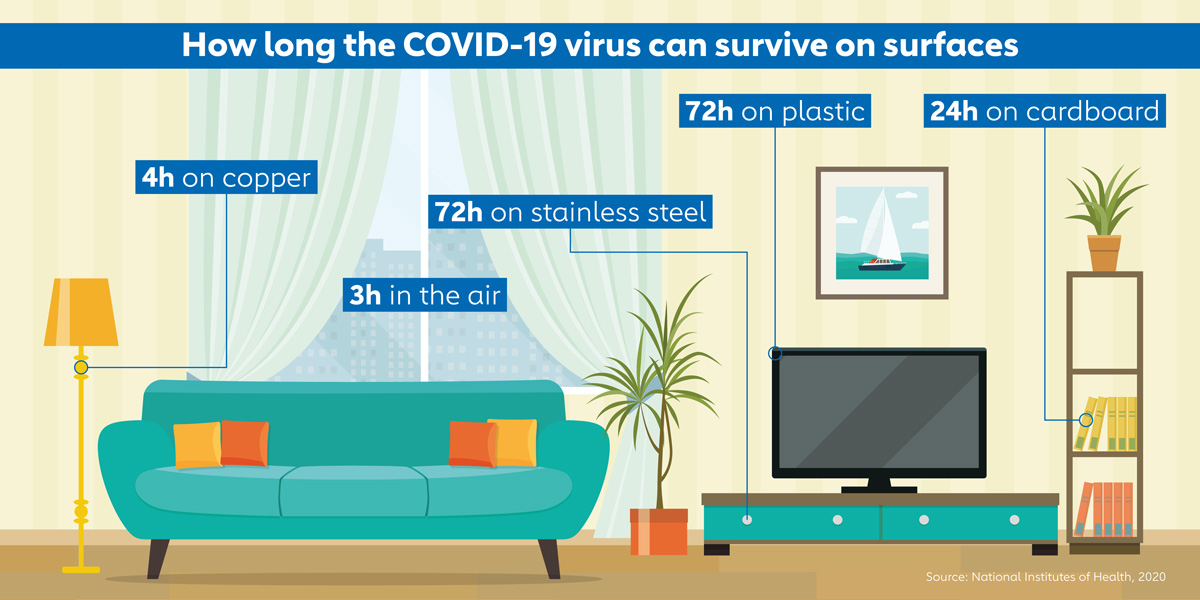
Another study in March showed that viral genetic material spread widely in isolation rooms of people being treated for COVID-19 infection. This included on hard to reach surfaces and areas more than 2 metres from patients. Their theory was that the virus might also spread as aerosols and not just large respiratory droplets.
This evidence convinced notable infectious disease experts to hypothesise that COVID-19 may in fact be spread in aerosol form through breathing – not necessarily through coughs or sneezes. Which has major implications for the way we stop the disease spreading.
It was this evidence and a study by an MIT scientist that made WHO re-evaluate its guidance on wearing masks. Using high-speed cameras and other sensors, they took images of what happens when someone coughs or sneezes. They showed that a cough can project droplets up to 6 metres away, and up to 8 metres when someone sneezes.
Alongside this evidence, researchers are increasingly finding that people may be spreading COVID-19 even when they are asymptomatic or presymptomatic. This ‘covert’ spread seems to be an important transmission driver.
HAS GUIDANCE ON WEARING MASKS CHANGED?
Having considered the evidence, WHO maintains its guidance on wearing masks only when someone is sick with COVID-19 or caring for someone who is, emphasising the critical global shortage of masks.
However, in light of the MIT study the US Centers for Disease Control and Prevention (CDC) have started recommending that people wear a cloth mask to slow the spread of the virus. They emphasise not to use surgical masks intended for health care workers, so as not to exacerbate the global shortage, and that a cloth mask is not a substitute for physical distancing. People should maintain a minimum distance of 2 metres from others.
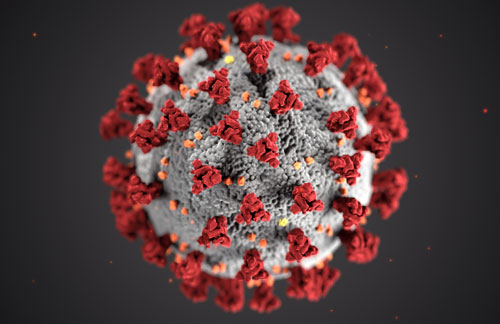 |
#VACCINESWORK |
Recommended for you

